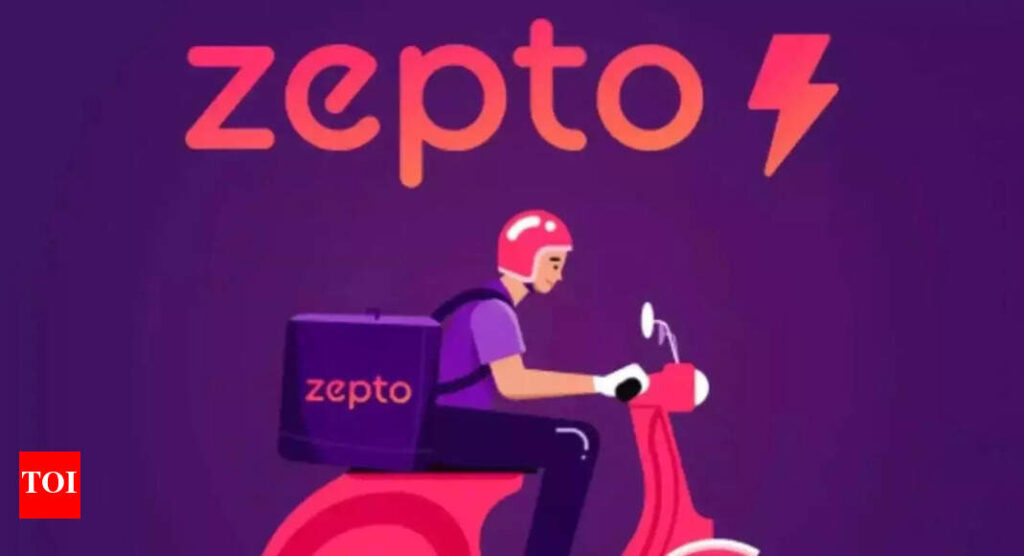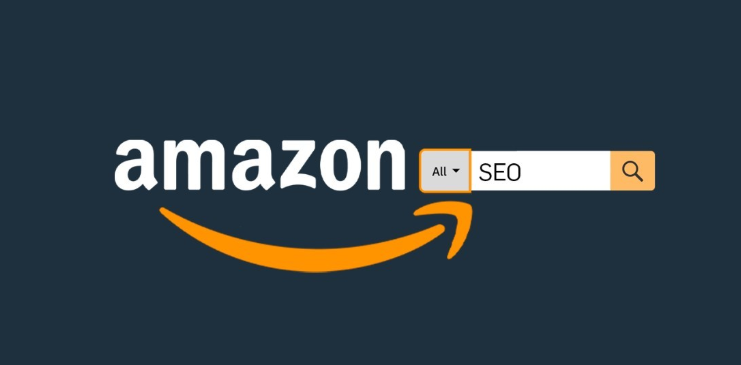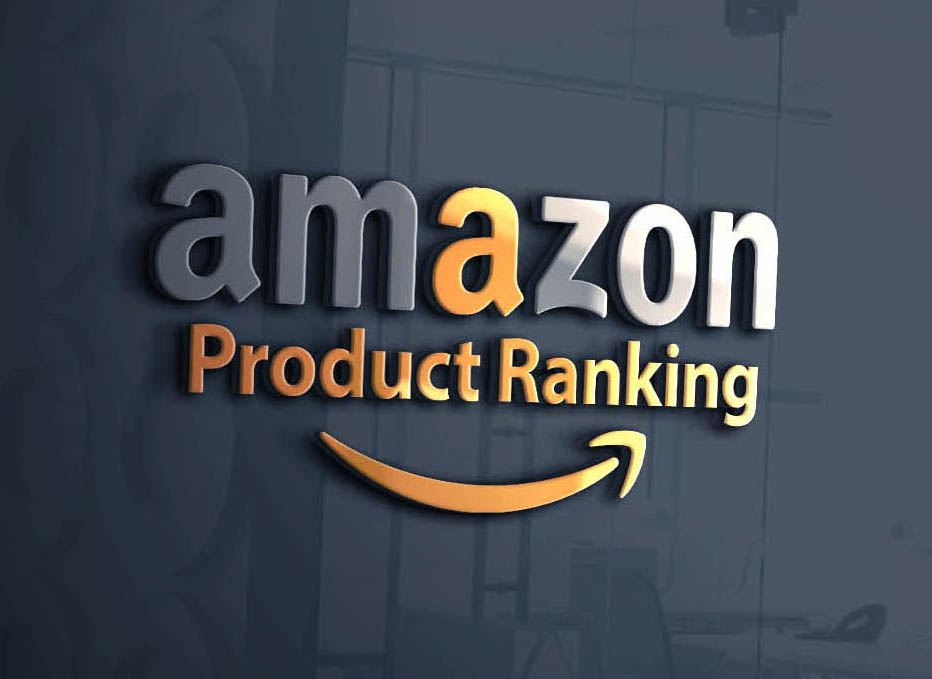Growpreneur
Targeting Strategies on Zepto Ads
Growpreneur Blogs
Targeting Strategies on Zepto Ads
Growpreneur Blogs
Targeting Strategies on Zepto Ads
Introduction
Targeting is the foundation of success in Zepto Ads. Given the platform’s dynamic, hyperlocal, and inventory-driven nature, choosing the right targeting strategy can significantly influence visibility, conversion rates, and return on ad spend (ROAS).
🏙️ 1. City-Wise Targeting (Geo Targeting)
What It Is:
Allows advertisers to restrict or focus their campaigns to specific cities or delivery zones. Since Zepto is a quick-commerce platform, product availability and fulfillment capabilities vary by location.
Advanced Use Cases:
- Launching in top-tier metros first (e.g., Mumbai, Delhi NCR, Bangalore) to test market fit before pan-India rollout.
- Running exclusive city-wise discounts or influencer campaigns.
- Optimizing ad spend by excluding low-performing or low-inventory cities
- Prioritizing delivery zones where same-day delivery or loyal customers are available.
Optimization Tip:
Always sync your ad city filter with real-time inventory availability to avoid click wastage. You can also rotate budgets across cities based on daily sales velocity.
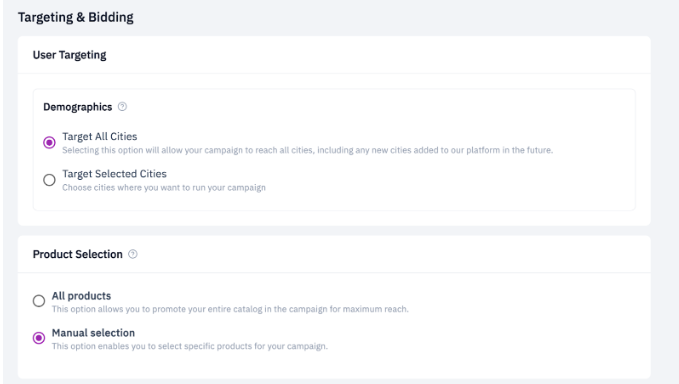
🔑 2. Keyword Targeting (SP Campaigns Only)
What It Is:
Keyword targeting is available only in Sponsored Product (SP) campaigns. Like Amazon, Zepto supports three match types: Exact, Phrase, and Broad, each with different reach and control levels.
• 🔍 Exact Match
What It Is:
Ads trigger only when the user’s search matches your keyword exactly, without any additional words.
Example:
You bid on “protein granola bar”, and your ad appears only when users search exactly that — no variations.
Pros:
- Laser-focused targeting
- High purchase intent
- Best for high-performing keywords
Cons:
- Limited reach
- Requires historical data to select right terms
When to Use:
After identifying top-performing keywords from broad/phrase campaigns.
• 🧩 Phrase Match
What It Is:
Ads show when the keyword appears in the same order within a longer query.
Example:
Keyword: “protein bar”
Ad may appear for: “best protein bar in India” or “cheap protein bar online”
Pros:
- Good balance between reach and relevance
- Helps discover adjacent user queries
Cons:
- Can still bring in semi-relevant queries
- Needs constant optimization
When to Use:
During mid-funnel campaigns where you’re expanding reach but still maintaining some control.
• 🌐 Broad Match
What It Is:
Ads show for related searches, synonyms, and reordered terms.
Example:
Keyword: “chocolate snack”
Your ad may show for: “snack with cocoa”, “healthy chocolate options”, “sweet bites”
Pros:
- Maximum reach
- Great for discovery and testing
- Identifies new keyword opportunities
Cons:
- Low relevance
- High chance of wasted spend if not managed with negatives
When to Use:
In initial testing phases or awareness campaigns.
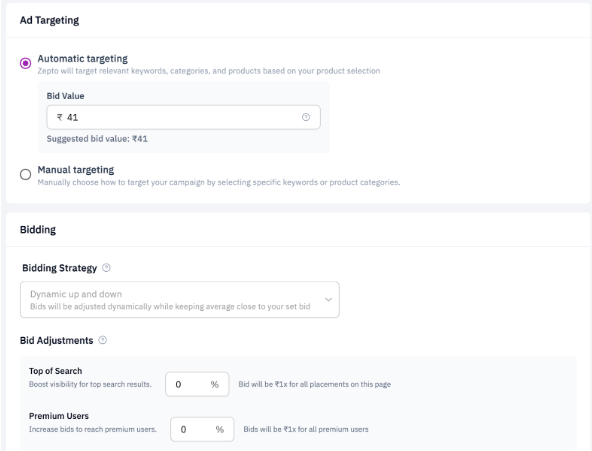
✅ Negative Keywords
What It Is:
Blocks your ads from showing on irrelevant searches, saving budget.
Examples of Good Negatives:
- “free samples”
- “expired”
- “homemade”
- “bulk supplier”
Pro Tip:
Create a negative keyword list at campaign level and update it weekly based on search term reports
🗂️ 3. Category & Auto Targeting
What It Is:
These targeting options allow you to advertise based on broader product themes or platform intelligence rather than explicit keywords
• 🗃️ Category Targeting
What It Is:
Target users browsing specific product categories (e.g., “Breakfast Cereals”, “Snacking Bars”).
How It Works:
Zepto places your ads on category pages or when users browse/filter products under that vertical.
Pros:
- Great for product discovery
- Useful when launching a new SKU in a familiar segment
- No keyword setup required
Cons:
- Lower purchase intent than keyword targeting
- Can be too broad without product differentiation
Best Used For:
- New brand awareness
- Product categories with habitual purchasing behavior
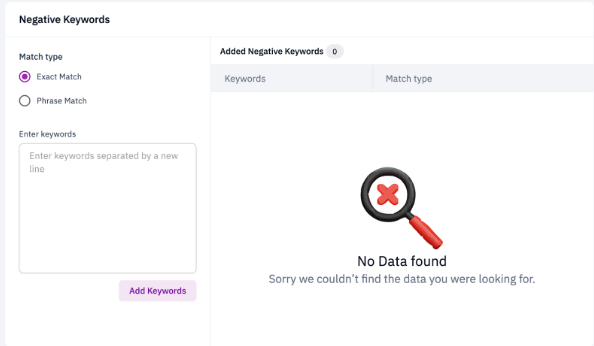
• 🤖 Auto Targeting
What It Is:
Zepto’s algorithm determines the best placements based on product metadata (title, ingredients, price), historical data, and user behavior.
Pros:
- Quick to set up
- Great for early-stage learning
- Helps surface underutilized terms or placements
Cons:
- Lack of control
- Higher dependency on platform logic
- Limited transparency
Best Used For:
- New brand awareness
- Product categories with habitual purchasing behavior
📈 Bonus Tips for Optimizing Zepto Targeting
| Strategy | Recommendation |
| Combine Match Types | Start with Broad for discovery, then use data to scale Phrase and Exact |
| City Targeting Sync | Always match ads with real-time inventory/capacity by zone |
| Use Campaign Splits | Run separate campaigns per city or keyword theme for better budget control |
| Monitor Search Reports | Weekly tracking of search terms helps build negative lists and refine keywords |
| Layer Targeting | For SP campaigns, use keyword + geo targeting for precision |
Conclusion
To maximize Zepto ad performance, combine match types strategically and align city targeting with real-time inventory. Split campaigns smartly, monitor search reports regularly, and layer targeting for sharper precision. These tactics ensure better ROI and controlled scaling.

